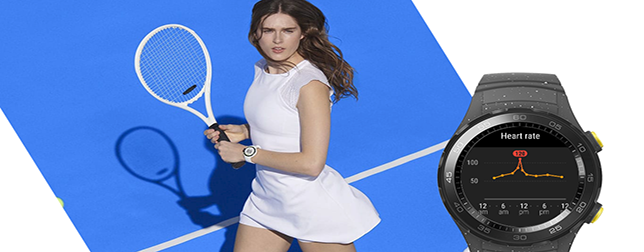Adam MacBeth, an advocate of the software-first approach offers tactics on how companies can capture people’s imagination and create truly world-class products.
What makes FiftyThree’s Pencil one of the most beautiful pieces of hardware in recent years is “The entire experience was crafted to naturally fit with how people work,” MacBeth says. “You’ll notice it doesn’t even have a power switch. It turns on and connects when you press the tip of the Pencil to the corner of your iPad. That’s all the result of clever software working across the device and the app. Small things like that take an average experience and make it magical.” The product should have more than one feature, he adds.
MacBeth believes a perfect marriage of hardware-software can make the final product sing.
Below, MacBeth shares best practices to break through all the obstacles and develop not only interesting but marketable hardware experiences.
Identify the Real Problem
One of the reasons sensors have gotten so much attention is that because they allow us to collect data from the world around us and control it within software. Internet of things created by low-power radio technology lets us communicate in new ways with the objects that fill our lives. Applications abound, from saving energy, to maximizing security, to increasing comfort for ourselves and loved ones.
Read more Scientists Create Self-healing Health Wearable Powered by Body Heat
“A great example is the new technologies we’re seeing around bloodstream monitoring,” says MacBeth. One device, Cue, is capable of optimizing people’s health by taking blood and saliva samples. “That’s an area where you can bring costs and anxieties down for people considerably. And since the sensors already exist, you don’t have to worry about developing them from scratch. You win by creating a great experience for users with software.”
Macbeth says you should always look at new areas where data is being exposed. What type of new opportunities will it enable? It may seem there are million directions you can go, but the key is to think about what consumers really need, he said.
Sometimes you may have to apply hacks or software solutions to overcome obstacles. In fact, that’s where some of the best, most forward-thinking innovation comes from.
Do Not Outsource
MacBeth said one of the most frequent question he gets is how hardware startups should be contemplating outsourcing. Most of these startups don’t have expertise to manufacture products themselves, especially at scale. He said he sees companies all the time that say they don’t know how to build the product as a small startup. And they look for others who know how to get through certifications and testing to help them think through the physical processes. He suggests, instead of thinking of outsourcing as outsourcing, you should think of the process as picking a partner.
Read more HTC Reportedly Working on a Blockchain-Powered Android Smartphone
If you find a great partner who understands your product, your budget, and your delivery demands, you’re in good shape. In this case, it’s extremely important to outsource early because you can watch your product take shape and make adjustments as you develop in-house.
Think Like a Human
People think that thinking like human should come naturally, but you’d be surprised how often it doesn’t, MacBeth says.
“The purpose of technology is to serve people and not the other way around. Good products are not built on check boxes or features. And this is especially important in hardware because we’re talking about things people interact with in a very physical way. Your product has to feel right against their skin or look natural in their home.”













